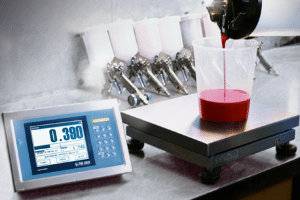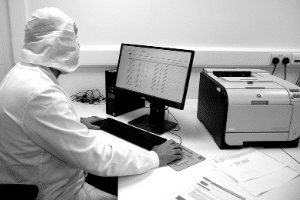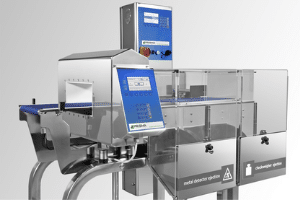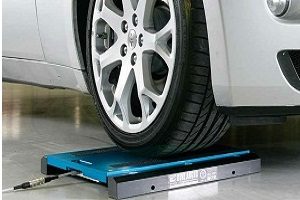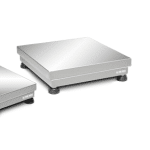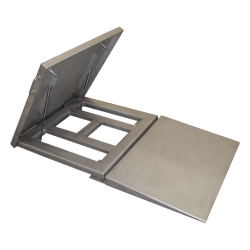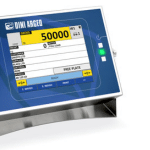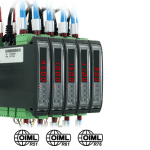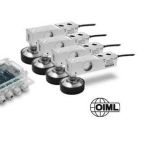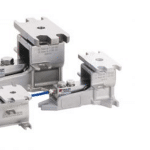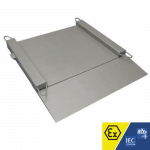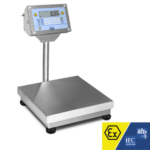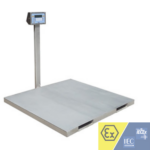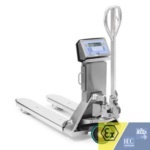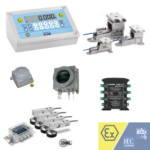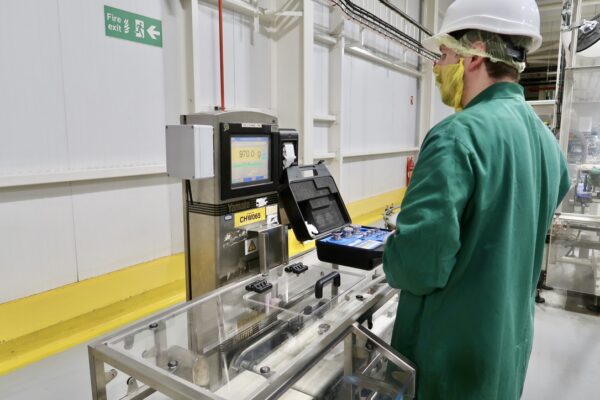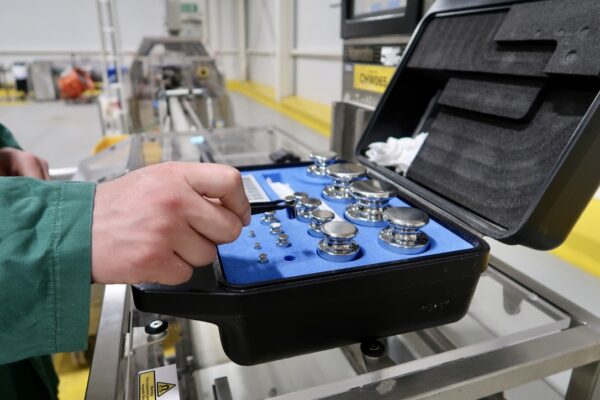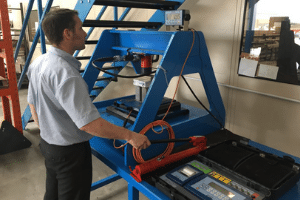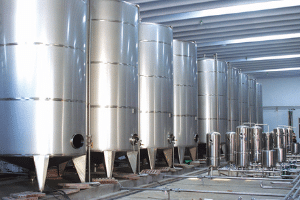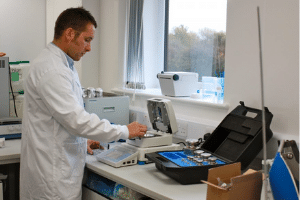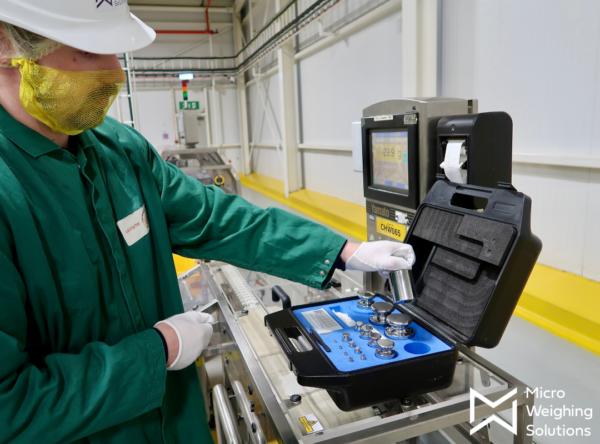Common Weighing Questions Answered: A Guide to Accurate and Reliable Results
Accurate weighing equipment is crucial for a variety of industries, from pharmaceuticals to food production to manufacturing. However, determining the necessary level of accuracy can be challenging. In this article, we will explore common weighing questions, including the different types of weighing equipment available, how to calibrate and maintain your equipment, legal requirements, troubleshooting problems, improving accuracy, setting up and using your equipment properly, and upgrading or replacing your equipment. By understanding these key factors, you can ensure that your weighing equipment is reliable and accurate for your specific application.
How accurate does my weighing equipment need to be?
The level of accuracy required for your weighing equipment will depend on the purpose of the weighing and the industry in which it is being used. For example, in industries such as pharmaceuticals or food production, you may require accuracy within 0.01g or even 0.001g to ensure product quality and safety. In contrast, for general use in households or non-critical industrial applications, lower accuracy may be acceptable. It is essential to consult with experts in your industry to determine the level of accuracy required for your specific application.
What are the different types of weighing equipment available?
There are several types of weighing equipment available, including laboratory balances, industrial scales, bench scales, counting scales, and platform scales. Each type of scale is designed for specific applications and industries. For example, laboratory balances are typically used in scientific research, while industrial scales are used in manufacturing and transportation industries.
How do I calibrate my weighing equipment?
Calibrating your weighing equipment ensures accurate readings. Calibration involves adjusting the scale to ensure its accuracy matches a known standard. To calibrate your weighing equipment, you’ll need to use certified calibration weights that are traceable to national or international standards. Follow the manufacturer’s instructions or consult with a professional technician for guidance on the calibration process.
How do I choose the right weighing equipment for my business?
Choosing the right weighing equipment for your business involves considering factors such as the type of application, the level of accuracy required, the weight capacity needed, and the environment in which the equipment will be used. Consulting with experts in the industry and working with reputable manufacturers or suppliers can help ensure that you select the best weighing equipment for your business.
How do I maintain and care for my weighing equipment?
Proper maintenance and care can help ensure that your weighing equipment remains accurate and reliable. Regular cleaning, calibration, and inspection of the equipment can help identify and address any issues before they become significant problems. Following the manufacturer’s guidelines for maintenance and care is essential.
What are the legal requirements for weighing equipment in my industry?
Different industries have specific legal requirements for weighing equipment. For example, you may be subject to the UKAS ISO 17025 standard, which has been developed to support the provision of accurate and reliable results from testing, calibration, sampling and measurement services across many sectors. It is essential to consult with industry experts or regulatory bodies to ensure that your weighing equipment meets all legal requirements.
How do I troubleshoot problems with my weighing equipment?
If you encounter problems with your weighing equipment, the first step is to refer to the manufacturer’s instructions for troubleshooting guidance. If the issue persists, it is essential to consult with a professional or the equipment manufacturer for further assistance.
How can I improve the accuracy of my weighing equipment?
To improve the accuracy of your weighing equipment, there are several steps you can take. First, make sure that the equipment is clean and free of debris. Second, ensure that the equipment is properly calibrated and that the calibration is checked regularly. Third, minimise external factors such as vibrations, temperature changes, and air currents that could affect the accuracy of the measurements.
How do I set up and use my weighing equipment properly?
To set up and use your weighing equipment properly, there are a few important steps to follow. First, carefully read the manufacturer’s instructions and ensure that you understand them. Next, choose a stable and level surface to set up the equipment on. It’s important that the surface is flat and sturdy to prevent any movement or vibrations that could affect the accuracy of the readings. If the equipment is battery operated, ensure that the batteries are installed correctly and have enough power. Once the equipment is set up, zero the scale to ensure that it is reading accurately. This can typically be done by pressing a button or following the instructions in the manual. When using the equipment, it’s important to be gentle and avoid placing any heavy objects or sudden movements on the scale. Finally, it’s recommended to regularly check the calibration of the equipment to ensure that it continues to read accurately over time.
How do I upgrade or replace my weighing equipment?
If you need to upgrade or replace your weighing equipment, consider your specific needs and budget, and research the available options thoroughly to find the best fit for your requirements. Oftentimes, existing equipment can be refurbished rather than replaced, which can result in cost savings. Read our case study on how we helped a large FMCG manufacturer of readymade meals realise significant savings by refurbishing over 300 obsolete scales.
You will also want to find a manufacturer who provides local support and a dedicated service team to help with your calibrations and repairs. If you’d like to learn more about MWS’s nationwide calibration services, please get in touch.
